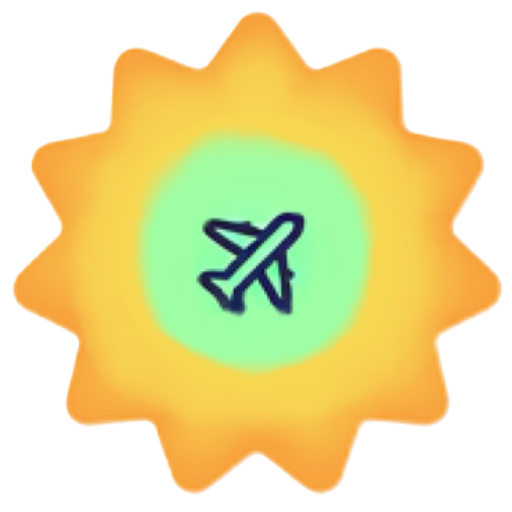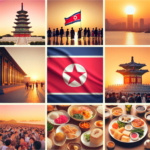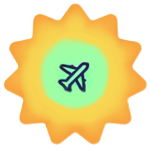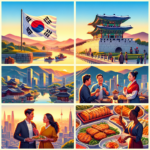Introduction
When is the best time to visit North Korea?
North Korea, a land of intriguing contrasts and rich cultural heritage, invites travelers to explore its unique landscapes and historical landmarks. Among its many treasures, **Wŏnsan** stands out as a coastal city known for its stunning beaches and vibrant maritime culture. The **best time to visit Wŏnsan** is during the spring and fall, when the climate is pleasant for outdoor activities and sightseeing.
Visitors to North Korea can experience a blend of traditional and modern influences, alongside breathtaking natural beauty. The country boasts majestic mountains, serene lakes, and lush countryside, complemented by historical sites such as the **Kumsusan Palace of the Sun** and **Mount Kumgang**. A **Wŏnsan travel guide** highlights these attractions, ensuring tourists do not miss the chance to witness the country’s rich traditions and hospitality.
Tourism in North Korea is shaped by its distinct seasons, which offer different experiences. The climate ranges from humid continental to temperate, with four distinct seasons—spring, summer, autumn, and winter. Each season presents unique opportunities to engage with the local culture and environment, making it essential for travelers to plan their visit strategically.
Tourist Seasons
- Peak Seasons: Spring (April to June) and Autumn (September to October) are the busiest periods due to favorable weather and various local festivals.
- Mid Seasons: Late summer (July to August) can see a rise in humidity and rainfall, although it is still an attractive time for beachgoers.
- Valley Seasons: Winter (December to February) experiences harsh weather, leading to lower tourist numbers; however, this period offers a unique glimpse into local life during the cold months.
Weather Conditions & Seasonal Changes
In Wŏnsan, temperatures and weather patterns vary significantly throughout the year.
- Spring: The average temperature ranges from 10°C to 20°C with minimal rainfall, making it ideal for exploration.
- Summer: July and August see temperatures soar between 20°C to 30°C, with increased humidity and rainfall, presenting a lively atmosphere.
- Autumn: Temperatures fall back to 10°C to 20°C, and precipitation decreases, providing stunning autumn foliage.
- Winter: The cold months see temperatures drop to -5°C to 5°C, with significant snowfall impacting travel but offering beautiful winter landscapes.
Special Festivities & Events
North Korea hosts various annual festivals and events that captivate both locals and tourists:
- Arirang Festival: A grand mass games event featuring thousands of performers that showcases North Korean culture.
- Kim Jong-il’s Birthday: Celebrated on February 16, this day features parades and cultural presentations across the country.
- Day of the Sun: Held on April 15, this national holiday celebrates Kim Il-sung’s birthday with various festivities in Wŏnsan.
- International Workers’ Day: The first of May is marked with celebrations and showcases of national pride.
- Chuseok: This harvest festival, celebrated in the fall, offers a glimpse into traditional North Korean cuisine and customs.
In conclusion, the **best time to travel to Wŏnsan** is during the spring and fall seasons when the weather is delightful and local festivities abound. Embrace the opportunity to delve into the heart of North Korea, where every moment is enriched by culture and history.




